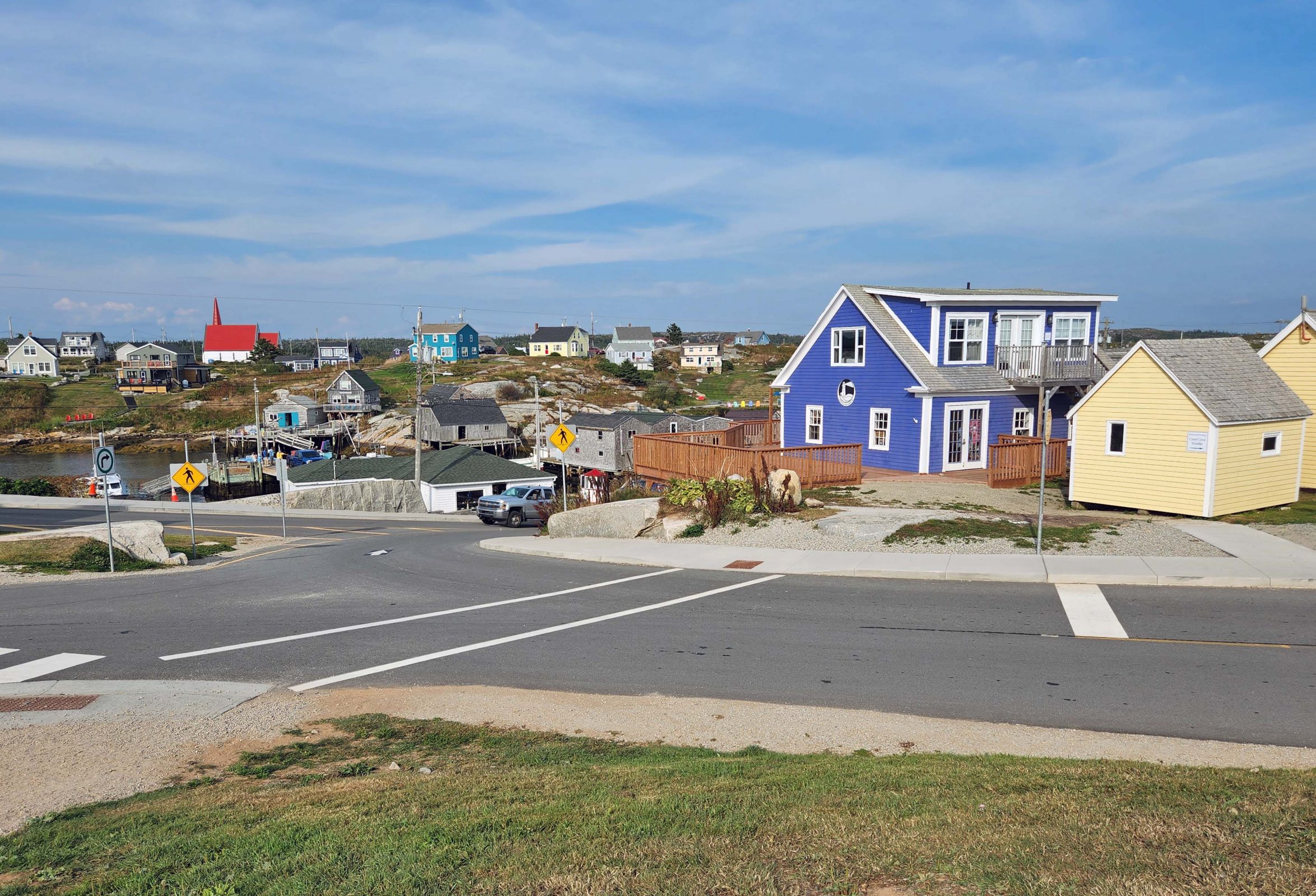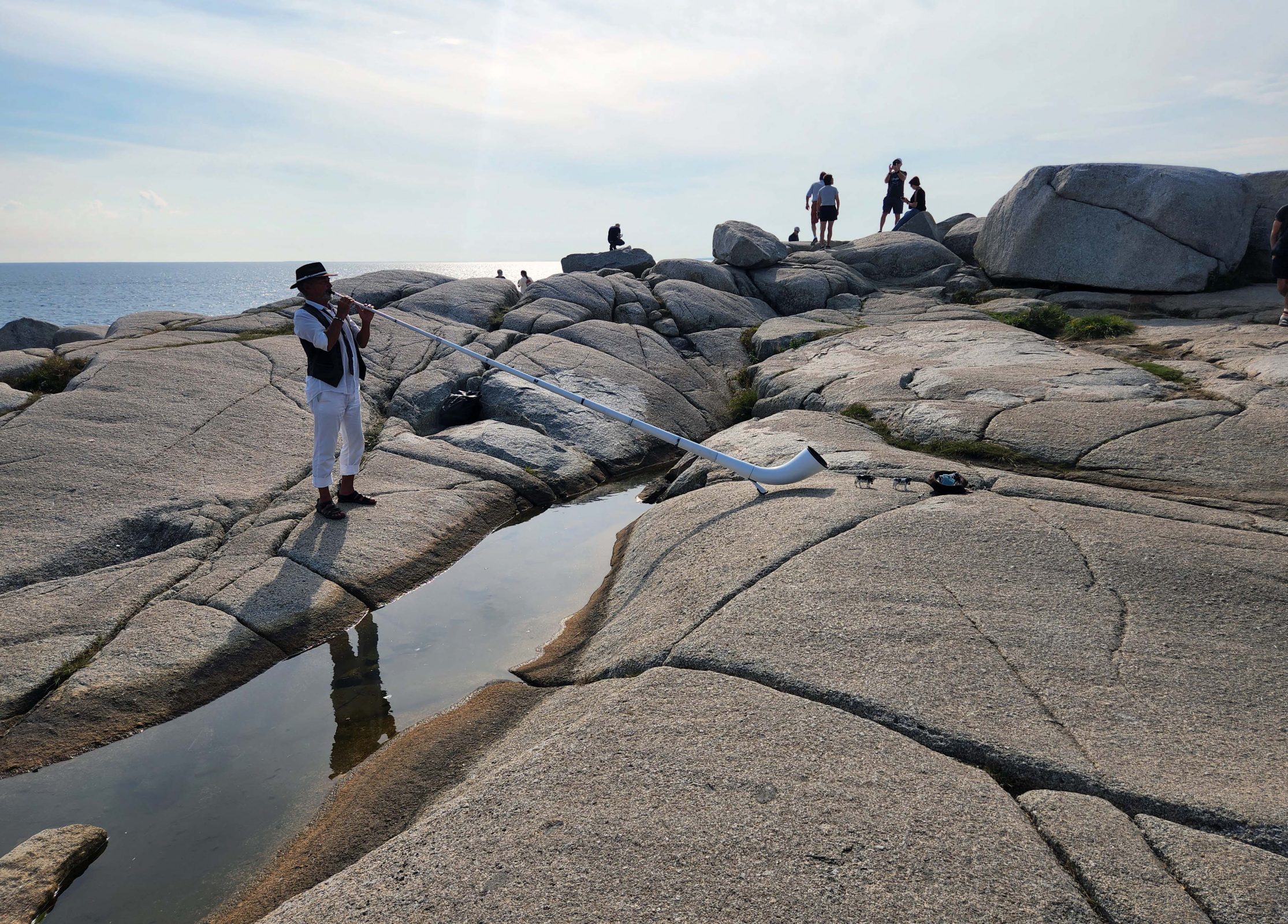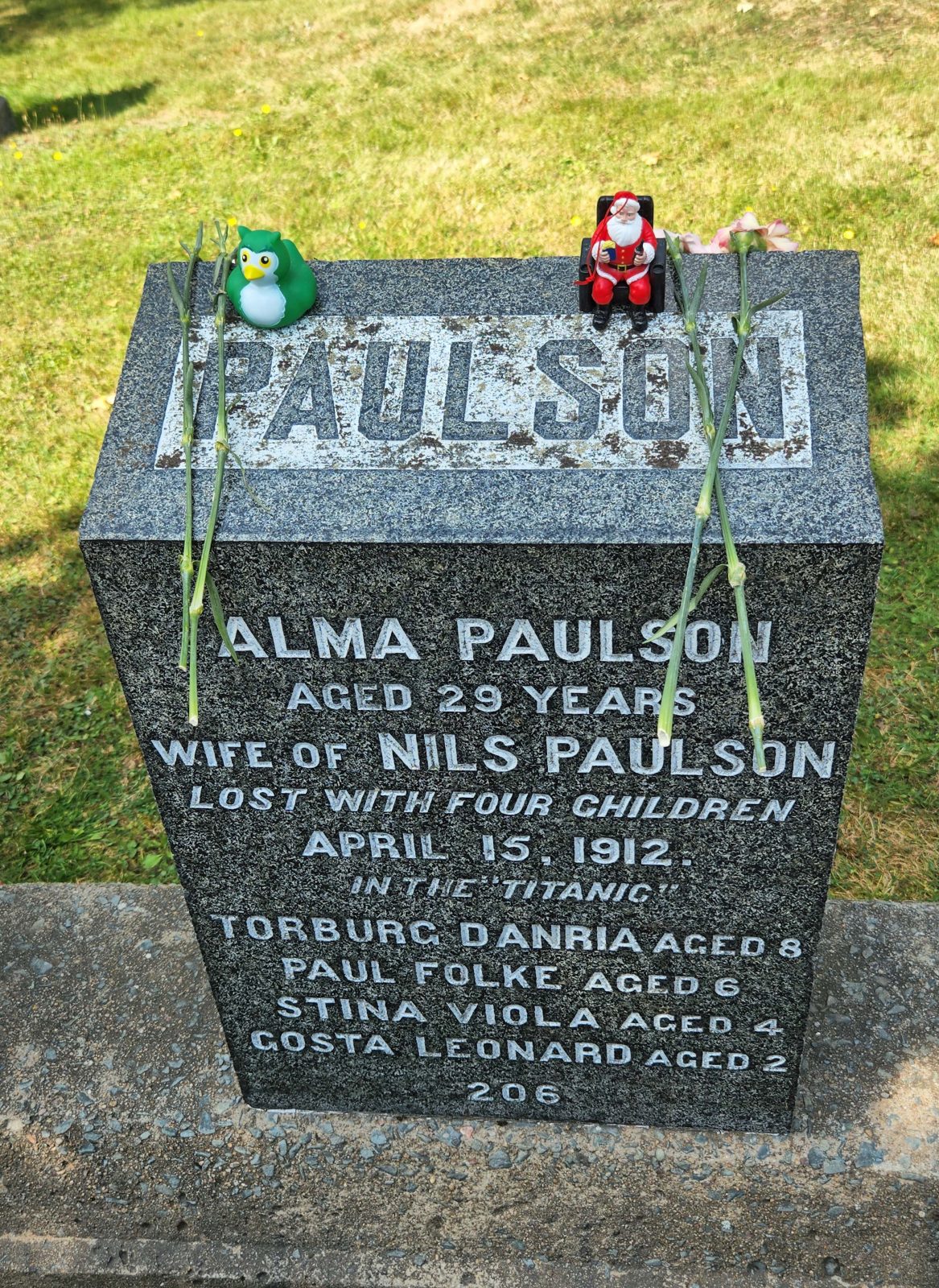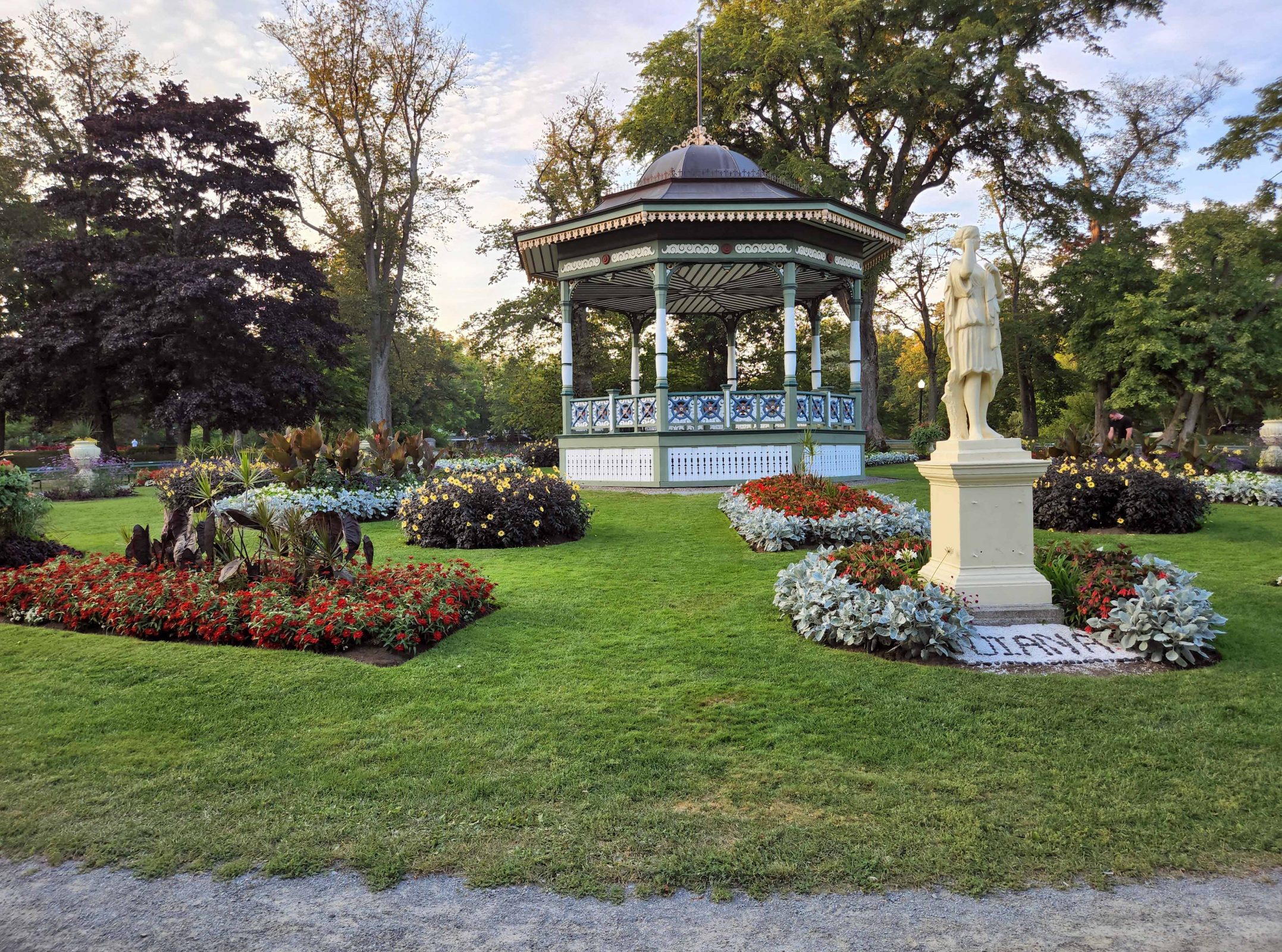Yesterday, we had another sea day, cruising from Gaspé to Halifax. There was an unexpected five-hour delay in reaching Halifax because a passenger onboard had a medical emergency and needed to be taken to the nearest hospital along the way.
Today’s seven-hour shore excursion was a trip to Peggy’s Cove. I was unable to go, so Ted took pictures and told me the story. The tour bus passed a colorful Canadian village on the way to the cove.

Peggy’s Cove has the oldest lighthouse in North America. It is set on a scenic, but very rocky, shoreline.

Those rocks are dangerous, and this sign duly warns visitors of that fact. The message is pretty clear when it plainly states that “rescue here is unlikely” and encourages you to “leave here alive.” It reminded me of a danger sign we saw in Iceland.

While walking around on the rocks, Ted took a pretty picture of some Adirondack chairs and he saw a man playing a very low-toned horn of some kind.


Halifax was the nearest port to take the casualties of the 1912 Titanic disaster. The bodies of 250 Titanic passengers are buried here.


The Citadel is the highest point in Halifax, and is the site of Halifax Fort. The city of Halifax literally owes its existence to the Citadel, a large hill overlooking the easily defended harbor. Halifax Fort has defended the city since 1749, and continued to do so through World War I and World War II.
The tour bus continued to the Halifax Botanical Gardens. Sadly, the park was damaged in Spring 2022. Vandals climbed over the six-foot high fence surrounding the park and girdled 29 trees, which are now in danger of dying. Park workers have treated the trees, hoping to help them withstand the coming winter and to perhaps survive. Note that, in my absence on this tour, Ted took a picture of the statue of Diana. I can’t help loving that guy!
